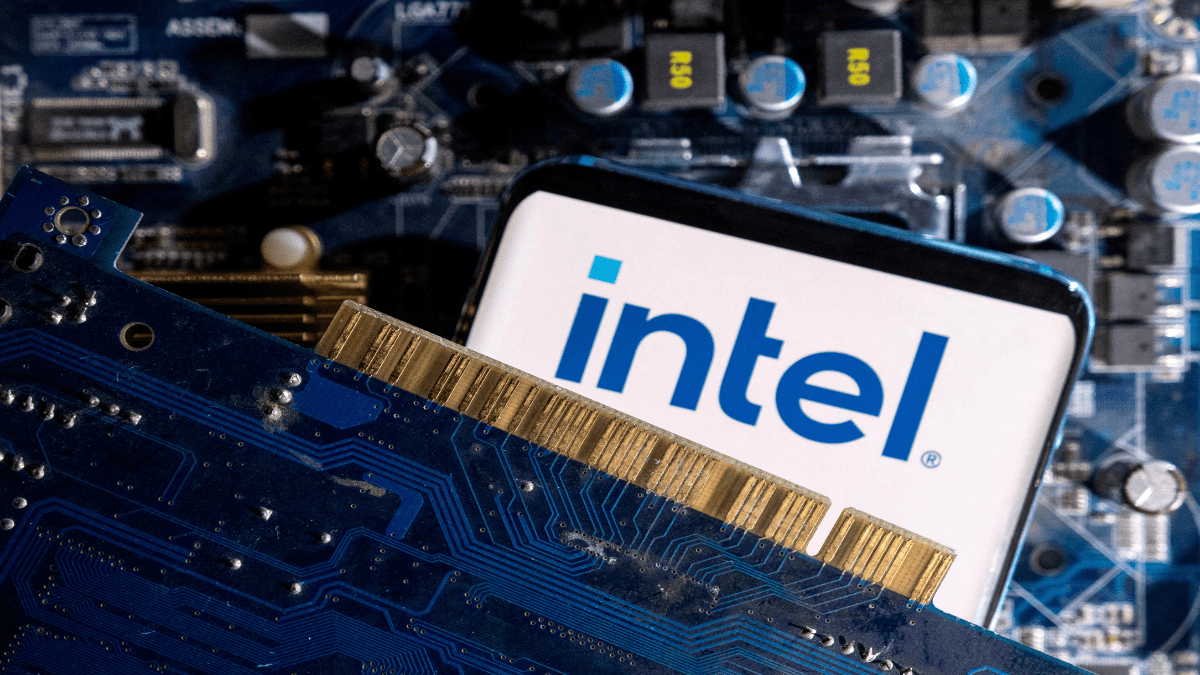Intel has made notable strides in its quest to regain dominance in semiconductor manufacturing. The company recently announced that its advanced Intel 18A process node has successfully powered up and booted operating systems on its latest chips, Panther Lake and Clearwater Forest. This significant milestone, achieved less than six months after completing final designs, puts Intel on track to start production of these chips in 2025.
First External Customer on the Horizon
Intel also shared that its first external foundry customer is expected to complete their design using the 18A node in the first half of 2025. This is a key development for Intel’s expanding foundry services, which are crucial for its future growth in the semiconductor market.
Kevin O’Buckley, Intel’s senior vice president and general manager of Foundry Services, highlighted the company’s progress, stating, “We are pioneering multiple systems foundry technologies for the AI era and delivering a full stack of innovation that’s essential to the next generation of products for Intel and our foundry customers. We are encouraged by our progress and are working closely with customers to bring Intel 18A to market in 2025.”
Revolutionary 18A Process Node
Intel’s 18A process node is a leap forward in transistor technology. It features two key innovations:
- RibbonFET: This technology enhances control over current flow in transistors, which helps in making smaller and more efficient chip components with less power leakage.
- PowerVia: This innovation improves power delivery by moving it to the back of the chip, reducing resistance and increasing overall efficiency.
Intel claims that they are the first to successfully implement both of these advanced technologies in a foundry setting.
Showcasing the Potential of 18A
The Panther Lake and Clearwater Forest chips are the first to demonstrate the capabilities of the 18A node. Panther Lake is designed for AI-powered PCs, while Clearwater Forest targets server applications. Both chips have successfully booted operating systems without needing modifications, indicating that the technology is robust and ready.
Clearwater Forest is particularly notable for combining RibbonFET, PowerVia, and Foveros Direct 3D packaging technology. This combination is expected to enhance chip density and power handling, marking it as a significant advancement in high-performance chip design.
Industry Support and Tool Readiness
Electronic design automation (EDA) and intellectual property (IP) firms are updating their tools to support Intel’s 18A process. Cadence and Synopsys, two major players in this field, are already working to ensure their solutions are compatible with Intel 18A, helping external customers design their chips with this cutting-edge technology.
Tom Beckley from Cadence and Shankar Krishnamoorthy from Synopsys both expressed their enthusiasm about Intel’s progress and the impact it will have on the industry’s future designs, particularly for AI solutions.
This progress marks a significant step forward for Intel, positioning it well for the competitive semiconductor market of the future.


